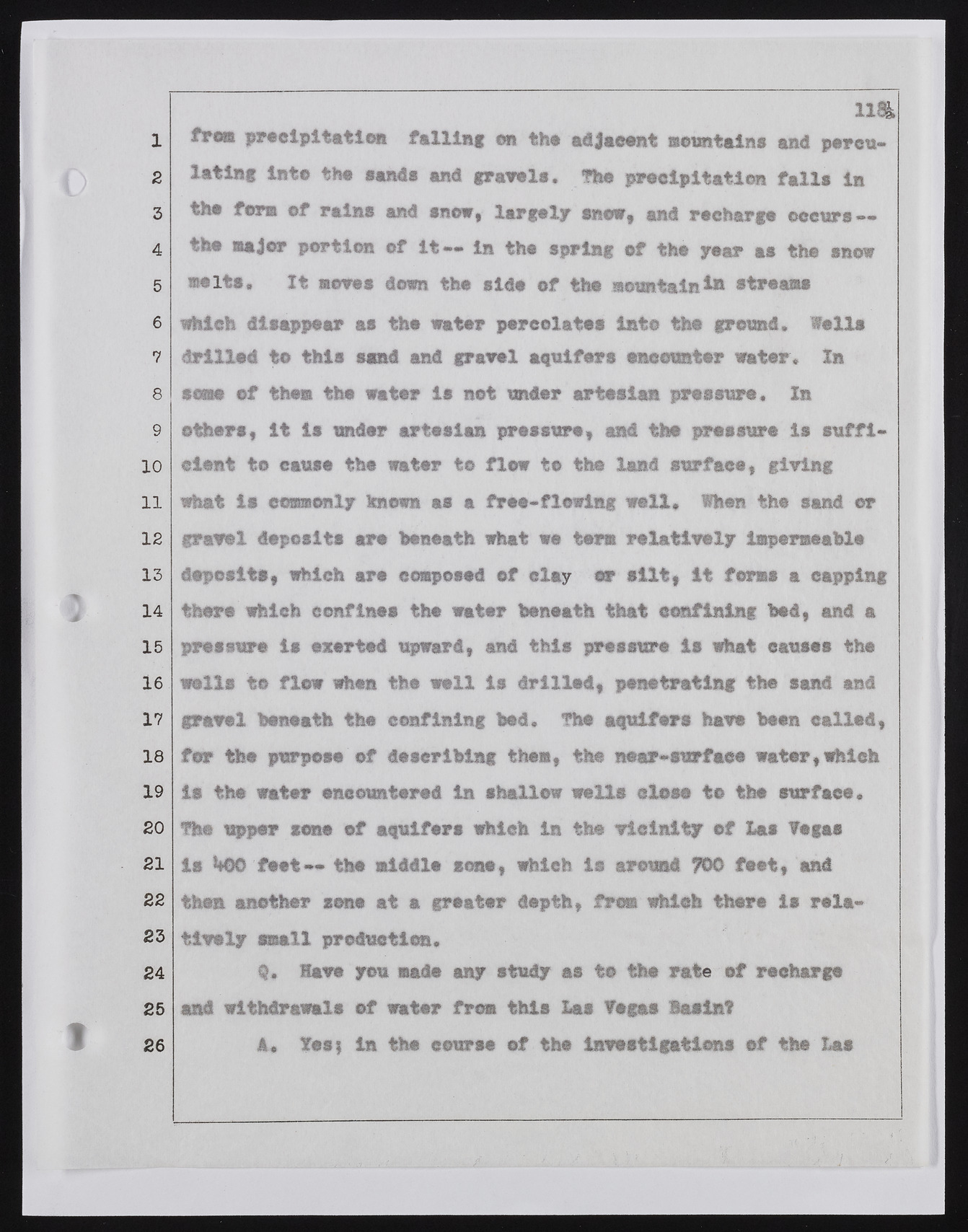Copyright & Fair-use Agreement
UNLV Special Collections provides copies of materials to facilitate private study, scholarship, or research. Material not in the public domain may be used according to fair use of copyrighted materials as defined by copyright law. Please cite us.
Please note that UNLV may not own the copyright to these materials and cannot provide permission to publish or distribute materials when UNLV is not the copyright holder. The user is solely responsible for determining the copyright status of materials and obtaining permission to use material from the copyright holder and for determining whether any permissions relating to any other rights are necessary for the intended use, and for obtaining all required permissions beyond that allowed by fair use.
Read more about our reproduction and use policy.
I agree.Information
Digital ID
Permalink
Details
Member of
More Info
Rights
Digital Provenance
Publisher
Transcription
1 2 3 4 5 6 7 8 9 10 11 12 13 14 15 16 17 18 19 20 21 22 23 24 25 26 im from precipitation falling on tha adjacent mountains and perca- lating into tha sands and gravels, the precipitation falls in tha fare of rains and snow, largely snow, and recharge occurs — the major portion of it— in tha spring of the year as the snow melts. It moves down the side of the mountainstreams which disappear as the water percolates into the ground. Wells drilled to this sand and gravel aquifers encounter water. In sene of them the water Is not under artesian pressure. In others, It is under artesian pressure, and the pressure is sufficient to esuse the water to flow to the land surface, giving what is commonly known as a free-flowing well, When the sand or gravel deposits are beneath what we term relatively impermeable deposits, which arc composed of clay oar silt, it forms a capping there which confines the water beneath that confining bed, and a pressure is exerted upward, and this pressure is what causes the wells to flow when the well Is drilled, penetrating the sand and gravel beneath the confining bed. ?he aquifers have been called, for the purpose of describing them, the near-surface water,which is the water encountered in shallow wells close to the surface* the upper tone of aquifers which In the vicinity of Las Vegas Is *>00 feet — the middle suae, which is around TOO feet, and then another sons at a greater depth, from which there is relatively small production* Q. Have you made any study as to the rate of recharge and withdrawals of water from this Las Vegas Basin? A, 1«$| in the course of the investigations of the Las

